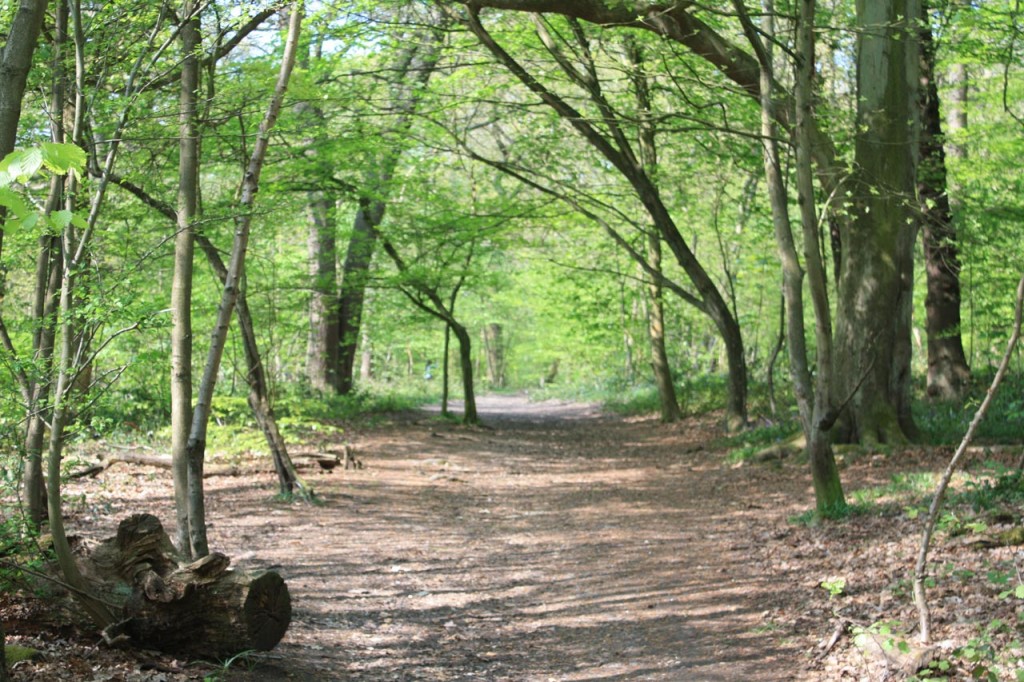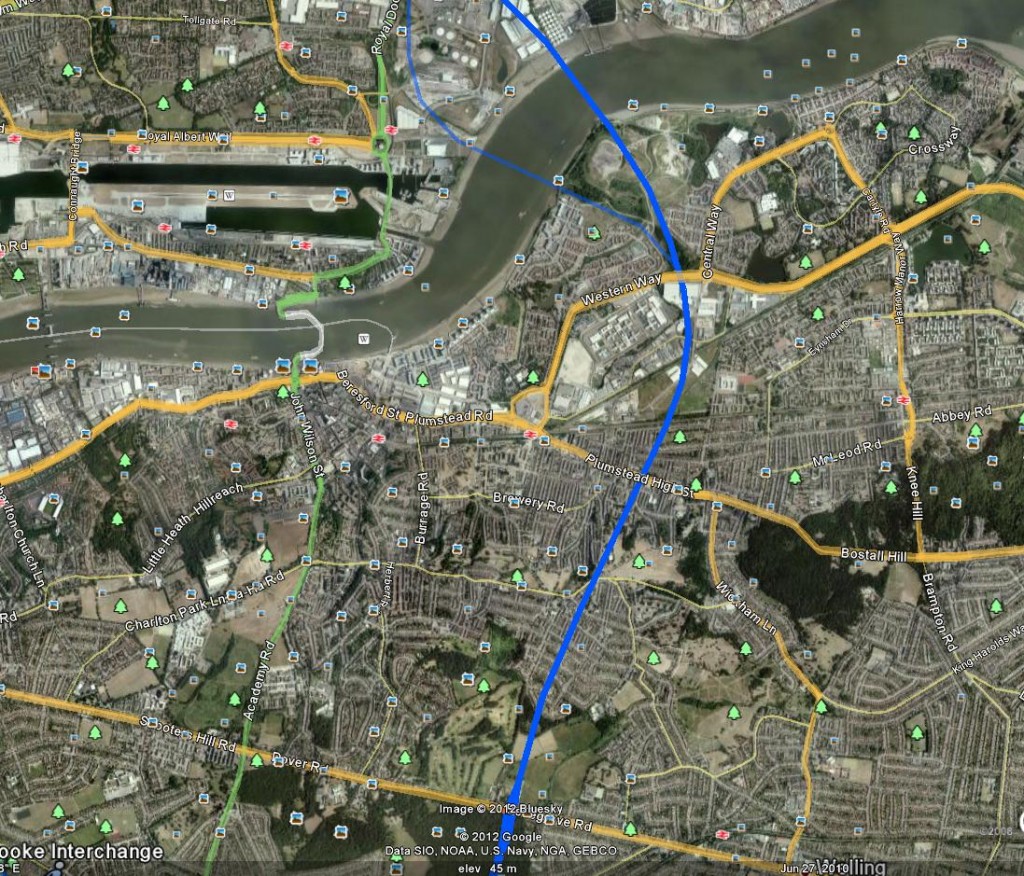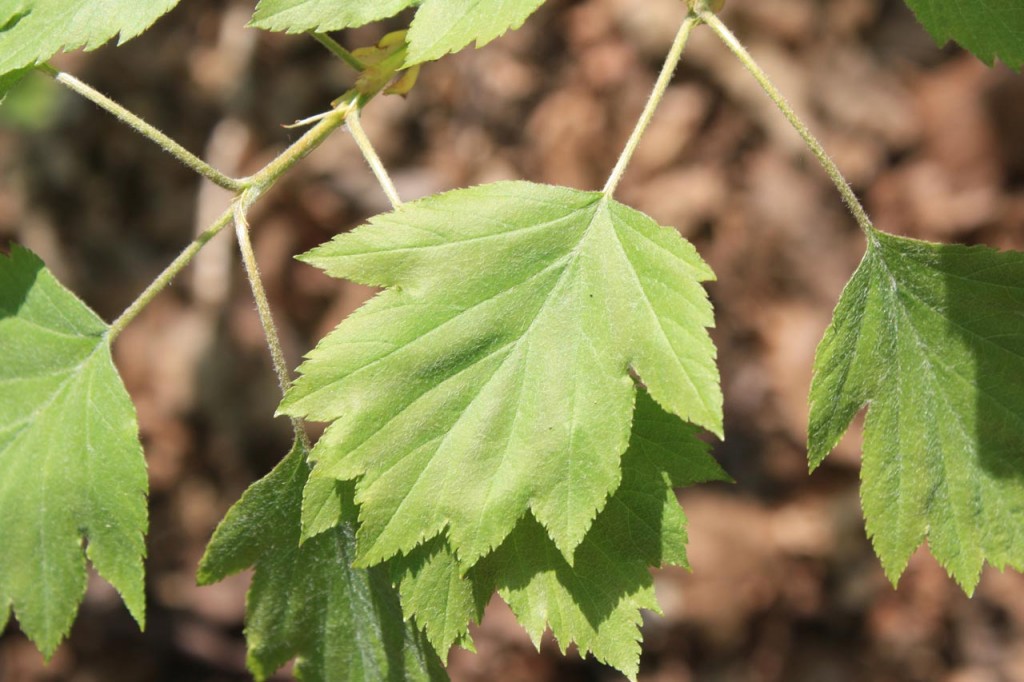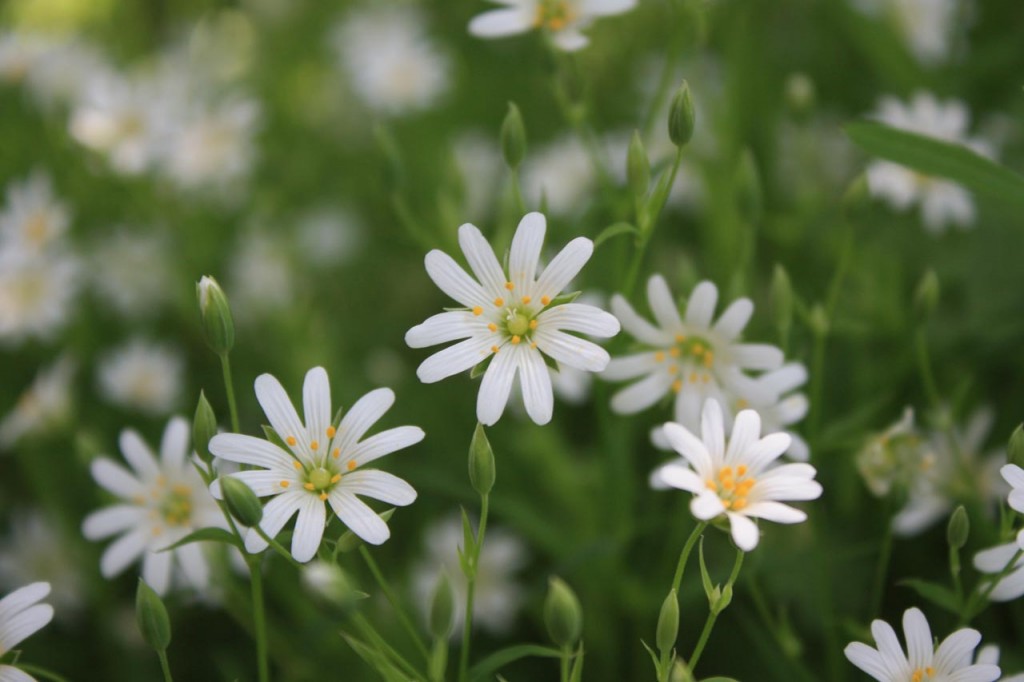
Last July was the 20th anniversary of People Against the River Crossing‘s victory in its campaign to save Oxleas Wood from a six lane motorway, yet it still seems that the woods are not safe. The statement by badger-bashing Environment Secretary Owen Paterson that “clearing ancient woodland for houses and roads could be allowed as long as developers promise to plant 100 new trees for each ancient one felled” exacerbated my insecurity because the “Disneyland absurdity” of trying to recreate an ancient woodland was one of the key arguments PARC used to defend Oxleas.
Fungible is one of my favourite words. It means interchangeable or freely exchangeable. For example a pound coin is fungible. If you lend someone a pound coin you would be happy to get any pound coin in return. People, obviously, are not fungible, though sometimes corporate bean-counting spreadsheet bashers behave as if they were.
Are trees fungible? I don’t think so. At a simple level a 500 year old Oak tree is clearly not equivalent to a new sapling, and when you take into account the land where the tree is growing, its ecology and history, it is even more clear. When one side of the equation is a hazel or chestnut tree whose shape has developed through centuries of coppicing, that is part of an 8000 year old woodland and that stands in a historic landscape that provided the raw materials for the construction of the Royal Navy’s great wooden ships, there should be no dispute. And what about rare trees like the Wild Service Tree that are found in few places in the UK, that are difficult to grow from seeds, reproducing through suckers from existing trees, and that are indicators of an ancient woodland ecology. Irreplaceable.

This was the heart of the argument that the Oxleas Nine and PARC made to oppose the compulsory purchase orders for the roads to feed the East London River Crossing. The route through Oxleas Wood, Woodlands Farm and Plumstead was slightly to the east of Ringway 2, shown on the snippet above taken from cbrd.co.uk web site’s superb UK roads database. The orders were for:
A total of 101,713 square metres of land within the Eltham Park, Oxleas Wood and Falconwood Field area comprising:
(a) 9,223 square metres of land in Eltham Park, on both sides of the railway line between Eltham and Falconwood British Rail stations; the main part extending east from the swimming pool on the south side of the railway and a small piece lying opposite the swimming pool to the north of the railway (Plot 1);
(b) 29,777 square metres of land in Oxleas Wood, between Rochester Way in the north and the railway to the south; (Plot 2);
(c) 9,393 square metres of land at Falconwood Field east of the junction between Rochester Way and Welling Way (Plot 3); and
(d) 53,320 square metres of land in Oxleas Wood, extending in a wide strip northwards from Welling Way to Shooters Hill/Bellegrove Road (Plot 4),
As David Black explains in “The Campaign to Save Oxleas Wood”, because the order included “land forming part of a common, open space or fuel or field garden allotment” there had to be land given in exchange that was equal in area and “equally advantageous to the public”. However the land proposed to be given in exchange was part of Woodlands Farm, which already provided some amenity to the public, and it would be fenced off for ten years to allow trees to grow and even then would not have the ecosystem and history accumulated over thousands of years of the woodlands it was to be exchanged for. The objectors argued that this was not equally advantageous to the public.
The Environment Secretary seems to be saying that this is no longer a valid objection and that the only thing that matters is the number of trees planted.
This is important because there are still proposals to construct a river crossing – ferry, bridge or tunnel – at the same place as the East London River Crossing. The reports from previous consultations admit that the road network south of the Thames is inadequate to support such a crossing, but doesn’t suggest how this can be rectified, other than a throwaway suggestion of “a tunnel south to the A2”. This is not a convincing suggestion. Elsewhere the report dismisses the option of a tunnel replacing the South Circular to Woolwich in part because it would be “the longest road tunnel in the UK by some margin”; a tunnel under Plumstead and Oxleas to the A2 would be far longer. Also the proposal for a tunnel under Oxleas Wood as part of the East London River Crossing scheme was dismissed on cost grounds, unless it were a cut-and-cover tunnel, which would destroy the ancient woodland anyway.
The conclusion from the consultation about the replacement for the Woolwich Free Ferry and the development of a new Silvertown Tunnel was that further work would be done and that for the Free Ferry options which include a new crossing at Gallions Reach a further consultation would be held at the end of last year. Presumably this has been delayed. TfL said:
In the coming months we will undertake further work to determine the traffic, environmental and regeneration impacts and benefits of the possible new river crossings, building on the initial assessments we have undertaken to date. We anticipate a further consultation later this year on options for replacing the Woolwich Ferry, including the options recently consulted on, allowing stakeholders and members of the public to consider the findings of our impact assessment work and enabling a decision to be taken on a way forward in the summer 2014.
TfL’s work on the traffic impacts of a Gallions Reach crossing will not, in my opinion, be complete unless they include a convincing, costed proposal for solving the inadequacies of the transport network south of the Thames that politicians commit to. Otherwise the additional traffic generated by the new crossing will overload local residential roads leading to pressure for new roads and a renewed threat to our heritage ancient woodland. It’ll be interesting to see whether TfL provide this as input to their promised new consultation.
Are trees in ancient woodlands fungible? If you don’t think so there is a petition on 38 Degrees asking Owen Paterson to Save Our Ancient Woodland and to “stop the proposal under ‘Biodiversity Offsetting’ to allow the destruction of our Ancient Woodlands for building.”
The pictures below show some of the flora of Oxleas Wood that we saw on Barry Gray’s Bluebell Walk last year. There are more photographs in a Flickr set, including Butchers Broom, Ladies Smock, Wood Sorrel, Wild Garlic and, of course, Bluebells.


what an excellent post. Biodiversity offsetting is possibly the most moronic of all the coalition’s policies. It shows their true intentions; as asset-strippers where a quick buck is to be valued above all else. I hope we don’t have to fight for Oxleas again.
By the way, Oxleas also has Cretaegus laevigata -Midland hawthorn. Another ancient woodland indicator.
Can you please add me to your mailing list. Thanks.
Hello I am looking to get in touch with Jo Lawbuary regarding bats in Shrewsbury park, Plumstead.
I undertook a climbing survey for bat roosts on a property adjoining the wooded area of Shrewsbury park. As the local bat aficionado I would like to have a quick chat regarding species inhabiting the area.
Many thanks,
Stuart McGillivray
Hi Stuart,
Bat walks in Shrewsbury park have detected Common and Soprano Pipistrelles and the occasional Noctule flying over. What did you find in your survey?
Hilly
Hi Stuart, I’ve just come across your post. I moved to the Catalan Pyrenees at the end of 2017 (it’s very batty here!). It’s probably way too late to be useful, but still: our survey in Plumstead over a few years (which we submitted to the Bat Conservation Trust) detected both common and soprano pipistrelles around Shrewsbury Park, particularly in the most northern field overlooking Plumstead common. We also detected noctules and most probably Leisler’s too v close by. Feel free to contact me at Jo@calmorgo.cat if you want to chat. Salut!
Hi there e-hill. I’m doing a presentation for Neighbourhood Watch week on Monday, can I use this image above to illustrate a topic?
Yes, no problem. It’d be nice if you said where it came from.
What is the presentation about?
Hilly